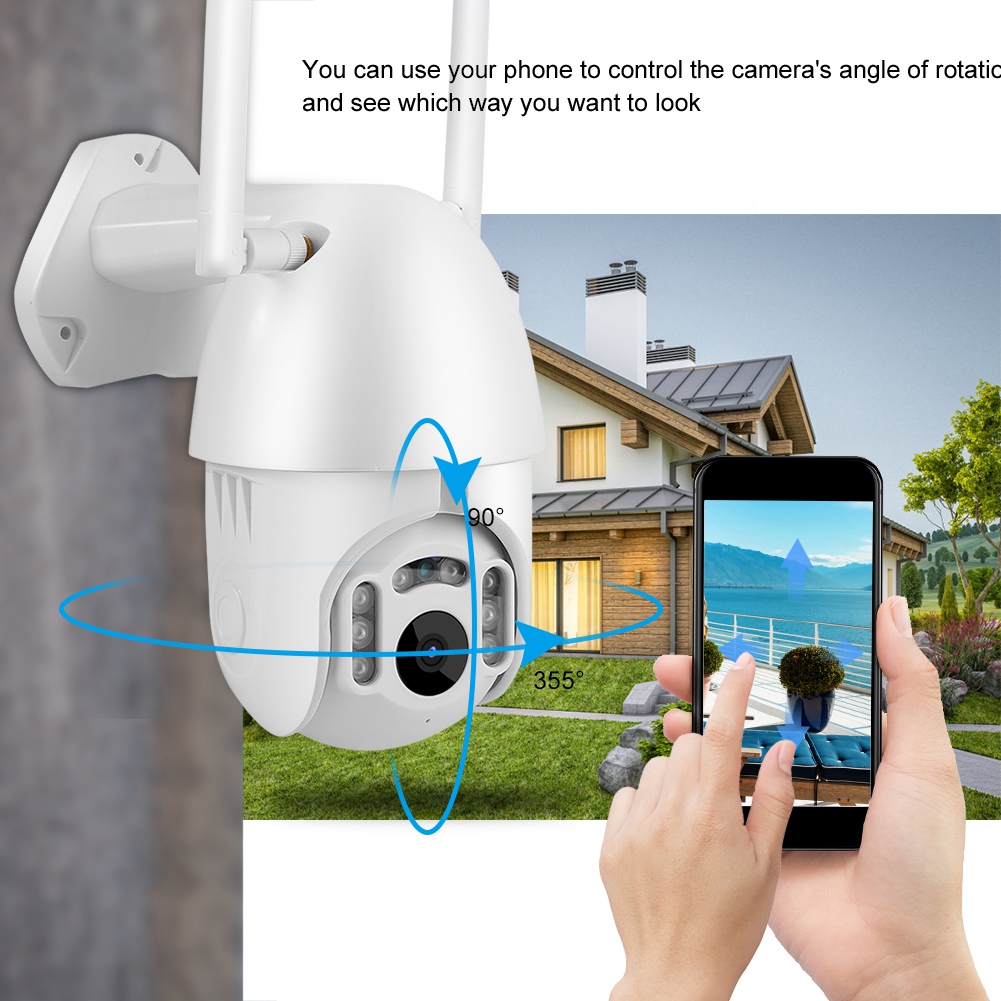

The ONVIF profile symbols can only be used by ONVIF and its members to communicate an ONVIF conformant product.Ĭlick on the ONVIF Profile Feature Overview v2.5 (June 2021) to get an overview and a comparison of the features supported by all ONVIF profiles, and whether the features are considered mandatory (M) or conditional (C) for a conformant device or client. Manufacturers, system architects and/or integrators are responsible for checking regulatory and other local requirements, ensuring solid product and system design, and implementing the appropriate security level for the use case. Compliance to regulations, however, are outside the scope of ONVIF. To ensure effective interoperability of IP-based physical security products, ONVIF provides specifications referencing state-of-the-art cybersecurity standards. Video systems can make use of D, G, M, Q, S, and T. The underlying functions of the features included in a profile are defined in the ONVIF Network Interface Specifications.Ĭlients and devices can support more than one ONVIF profile for instance, a network camera with local storage can conform to both Profile S and G.Ĭonformance to profiles is the only way that ensures compatibility between ONVIF conformant products therefore, only registered products with conformance to a profile are considered to be ONVIF conformant.Īccess control systems can make use of Profiles A, C, D and M. There are also conditional features, which are features that shall be implemented by an ONVIF device or ONVIF client if it supports that feature in any way, including any proprietary way.

It ensures that a client that conforms to Profile S, for example, will work with a device that also conforms to Profile S. An ONVIF profile has a fixed set of features that must be supported by a conformant device and client. ONVIF profiles make it easy to recognize how ONVIF conformant devices and clients are compatible with one another.


 0 kommentar(er)
0 kommentar(er)
